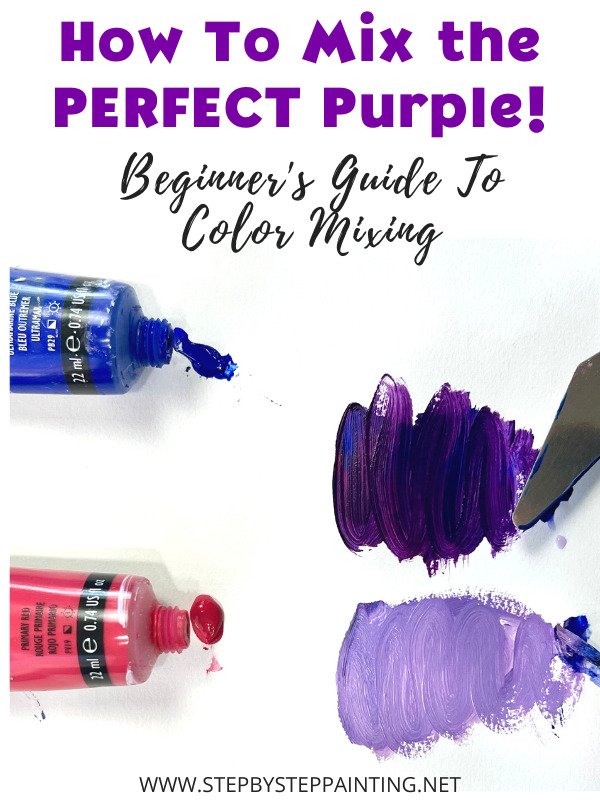
Would you like to save this?
Purple is a beautiful color and I love using it in my paintings! Flowers, lavender fields, night skies, sunsets and landscape paintings! There are so many ways we can throw this lovely color onto our masterpieces. It is a symbolic color of royalty and power but also a whimsical and playful color!





I often get asked to explain how to mix colors because some colors, such as purple, are a little confusing to mix. The combination of colors you would mix to make purple will depend on what kind of purple you want to make!
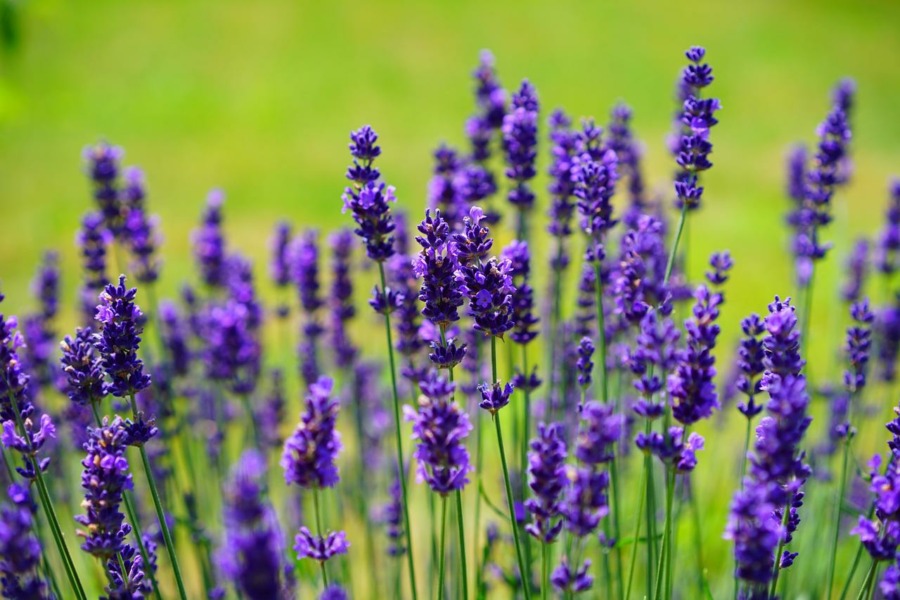
Do want a dark purple? A light purple? A warm purple that almost looks red? A cool purple that almost looks like indigo? There’s so many! Are you making a tint of purple, a shade? Where do you begin to know what combinations to combine!?
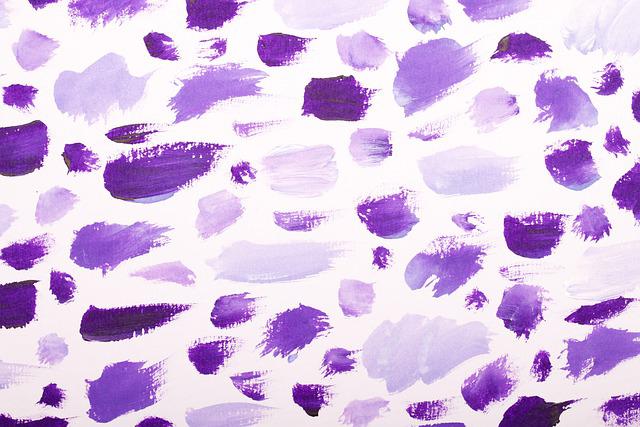
We know from basic understanding of color mixing that red and blue make purple. However, mixing just any red and any blue together may not exactly make the purple you want. You might find that it looks a little muddy like brown or even closer to a black.
Mixing red and blue doesn’t always make purple!!
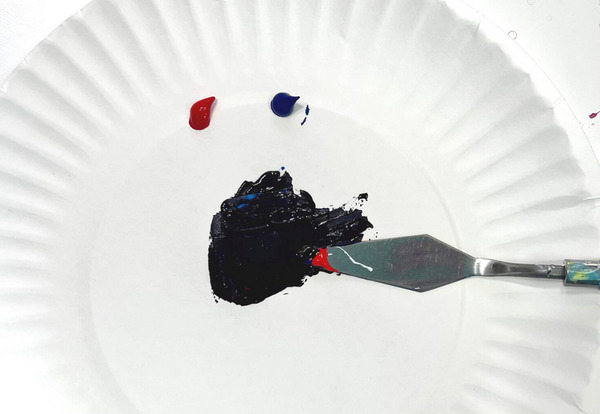
In order to make the right purple you are looking for, you need to mix the right proportions of red to blue AND select the right kind of red and blue. There are reds that are more cool and reds that are more warm. The same goes for blue.
Because there are so many types of reds and blues, there will be so many types of purples you can create. The trick is knowing what blue and red to grab in order to make the purple you are going for.
That leads me to this post! I will be explaining exactly what colors to use in order to make the purple you are looking for.
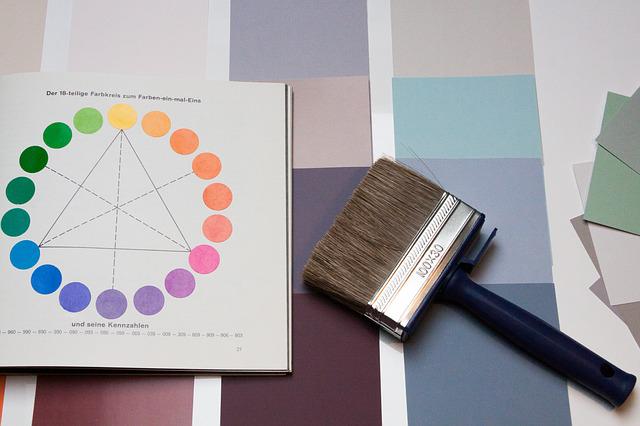
To Make Purple, You Need A Basic Understanding Of Color Theory!
I won’t go too in depth here because color theory is a very complex topic! There are entire college courses on color theory! I’ll try to summarize the important parts of color theory that will help you understand how to make purple and why to select certain colors.
How Is A Color Warm or Cool?
If you divide a basic color wheel in half, you have warm colors on one side and cool colors on the other. Blue is typically labeled as a cool color and red is typically labeled as a warm color.
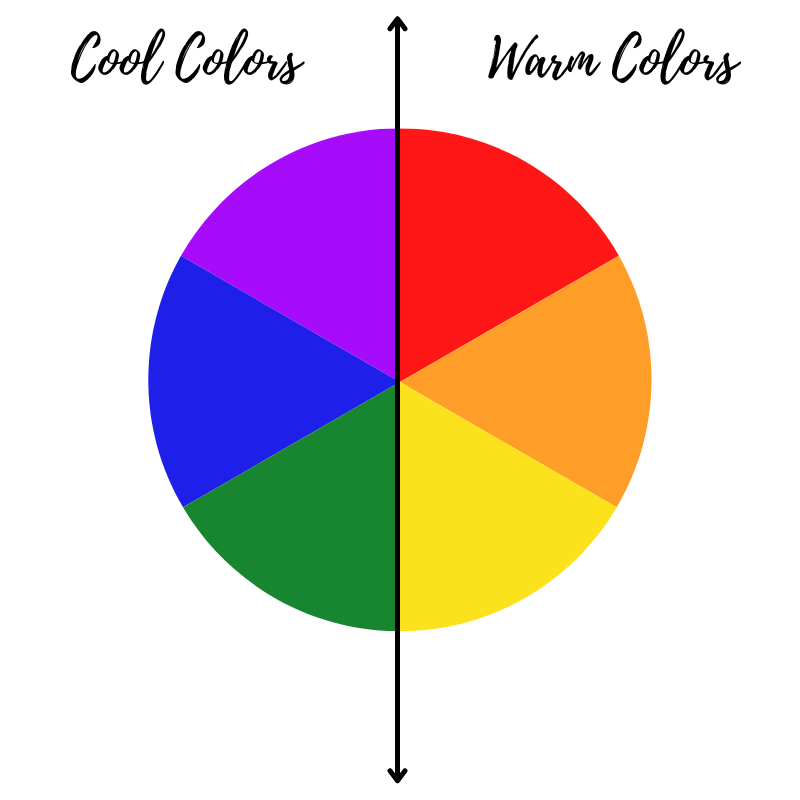
But if you look at a more complex color wheel that has the “tertiary colors” and beyond, we have blues to sway slightly to the warm side of the wheel and blues that sway slightly to the cool side. The same goes for red!
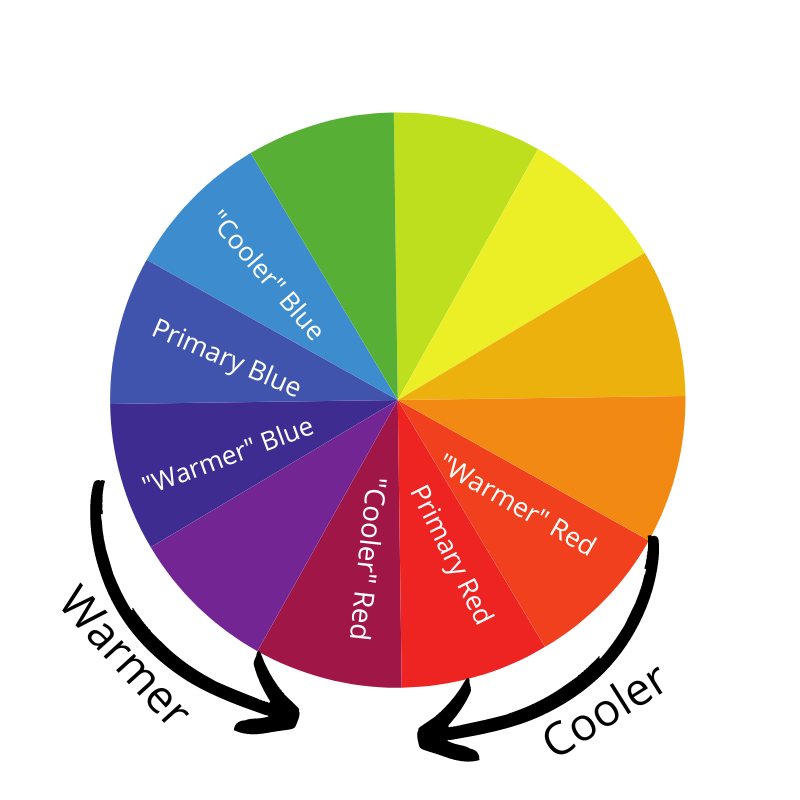
Looking at the color wheel above, you can take a guess that in order to make purple, you will need to use a “cool red” and a “warm blue”.
What is color bias?
We know that in order to make purple, you need blue and red! But I stated earlier that reds and blues can be cool and warm depending on the red or blue you select. This is called “color bias”.
Some reds sway more to the orange/yellow side and some reds sway more to the purple/blue side. The same goes for blue! Some blues sway more to green/yellow and some sway more to purple/red.
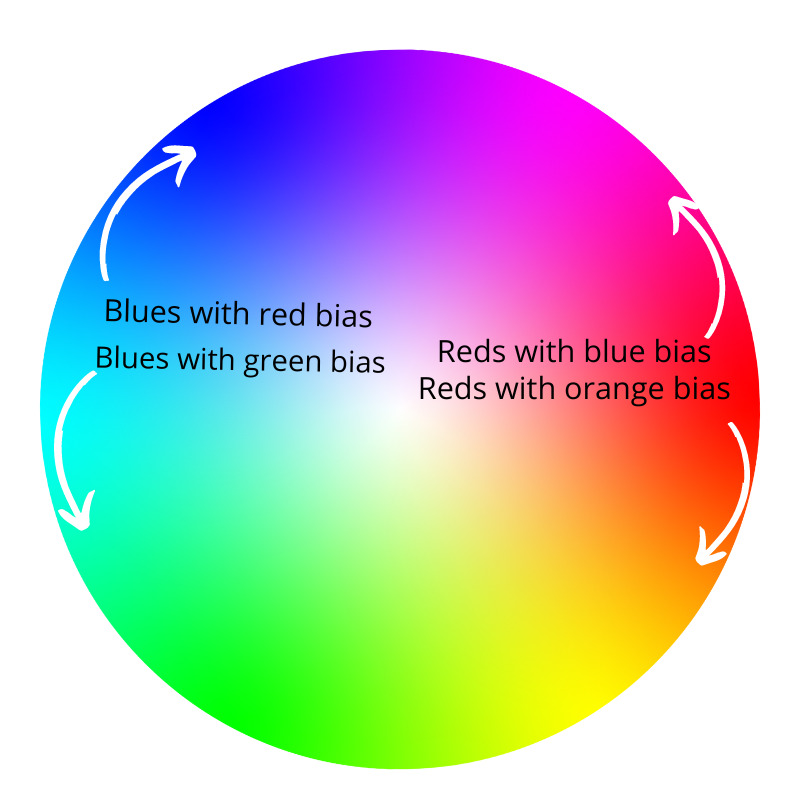
It’s really hard to achieve a perfect “neutral” blue or red because the color will almost always sway one way or the other.
Below is a chart of examples of warm blues & reds and cool blues & reds. These are colors that we can work with in order to make the purple we are trying to achieve. This is not a complete chart because there are SO MANY blues and reds available in acrylic paint tubes. I am basing this off of Liquitex BASICS acrylic paint and selected only a few colors.
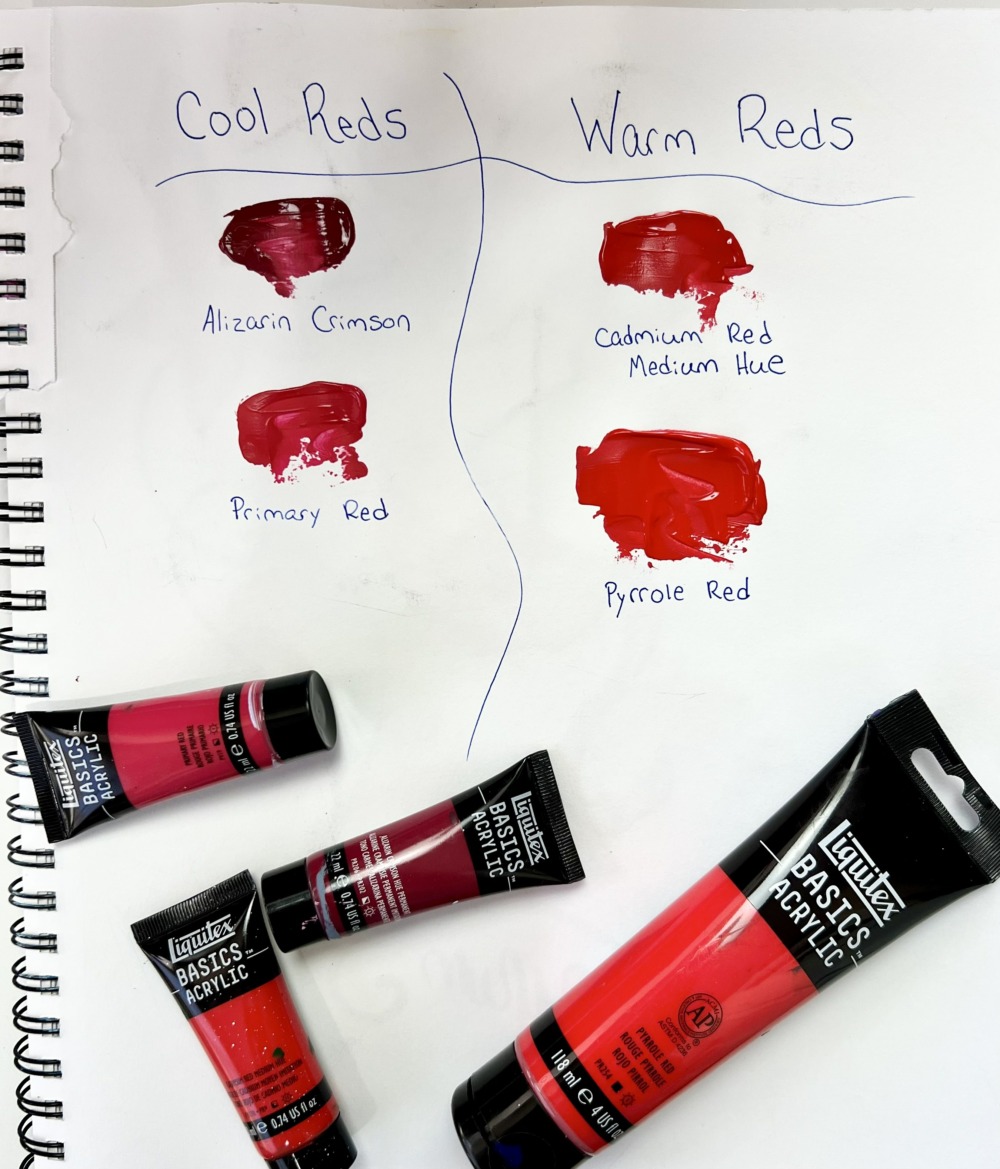



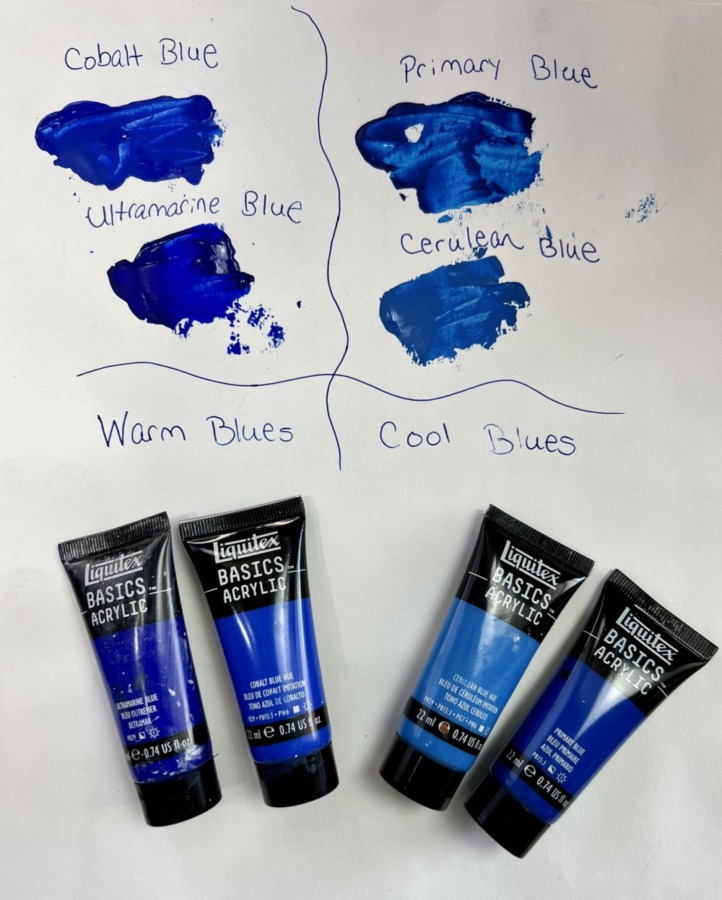


Cool Reds (These are great reds to make purple with because they are closer to purple on the color wheel!):
- Alizarin Crimson
- Primary Red
- Quinacridone Magenta
Warm Reds:
- Cadmium Red Medium Hue
- Pyrrole Red
Warm Blues (These are great blues to make purple with because they are closer to purple on the color wheel!):
- Ultramarine Blue
- *Cobalt Blue
- **Phthalo Blue Red Shade
*Note: cobalt is often more of a neutral blue but for the purpose of this post, I’m putting it into the warm category because it is a color that can be used to make a nice purple!
**If you are using Phthalo Blue to mix purple, I’d recommend using the “Red Shade” because that will be a warm blue compared to the “Green Shade”. Liquitex BASICS Phthalo Blue is the Green Shade.
Cool Blues:
- Cerulean Blue
- Primary Blue
Based on what we know about color bias, the best blues to make purple, according to that chart above, are ultramarine blue and cobalt blue. The best reds to make purple are alizarin crimson, quinacridone magenta and primary red. Note: my rule of thumb for determining a good red is to ask myself it it looks a little on the “pink” or “magenta” side!
You can, however, experiment with the other blues and reds! However, it is not recommended that you use a yellow bias red and a green bias blue because you likely will end up with a muddy color.
What Colors Make Purple? Let’s Make Purple!
Let’s try mixing cobalt blue and primary red! Try mixing equal parts to create a pretty deep purple. If it is too dark/blue for your liking, add a little more red to it. This will warm your purple up!
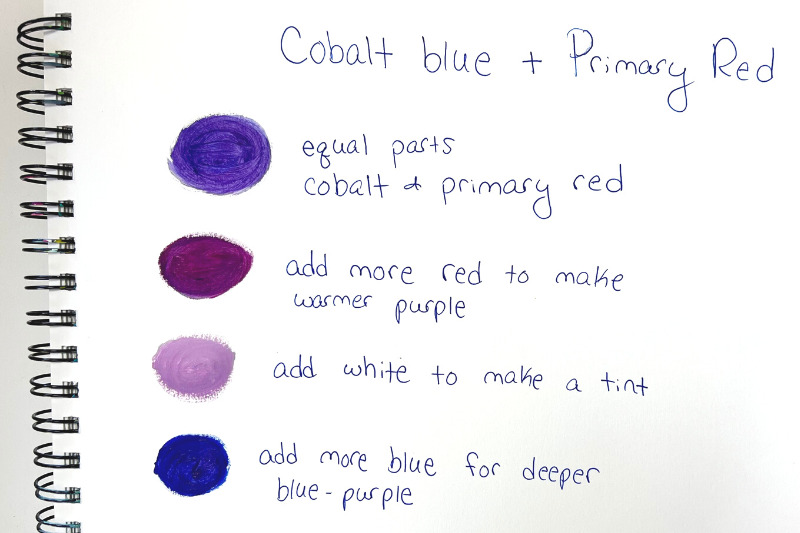
If you want to make it lighter, try adding white to it. This will make a lavender type of purple. If you want it to be deeper, more blue (like an indigo), try adding more blue to it.
Next, I experimented with Alizarin Crimson and Ultramarine blue. Both of those colors are rather dark so they created really deep purples. I found that adding white to those really helped to bring the purple out better. Also, with this combination, I found that adding more alizarin was necessary to achieve more of a “purple” rather than a dark blue-purple looking color. This is going to really depend on what type of purple your are mixing!
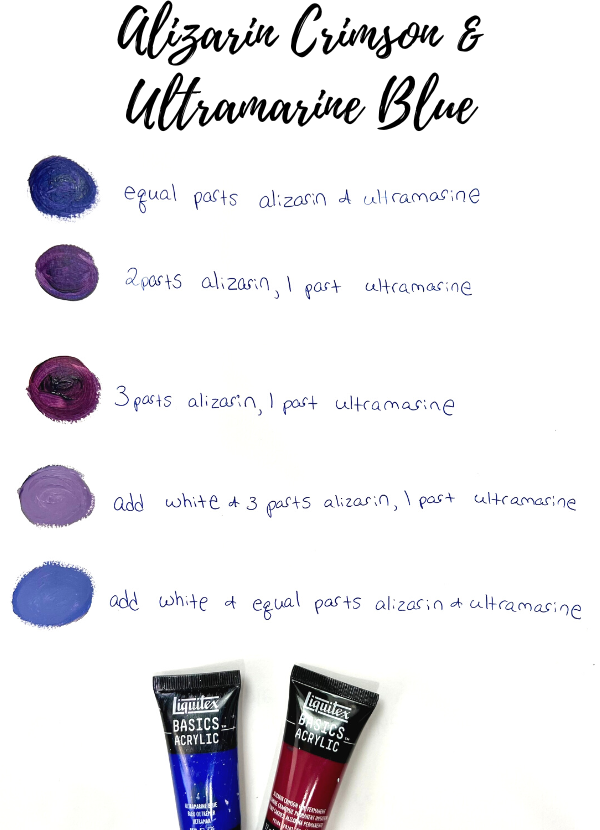
My favorite combination of colors to make purple!
I experimented with mixing these 4 colors quite a bit! My favorite combination was mixing equal parts ultramarine blue and primary red. It created a really pretty purple! I’ll call it “deep royal purple”.

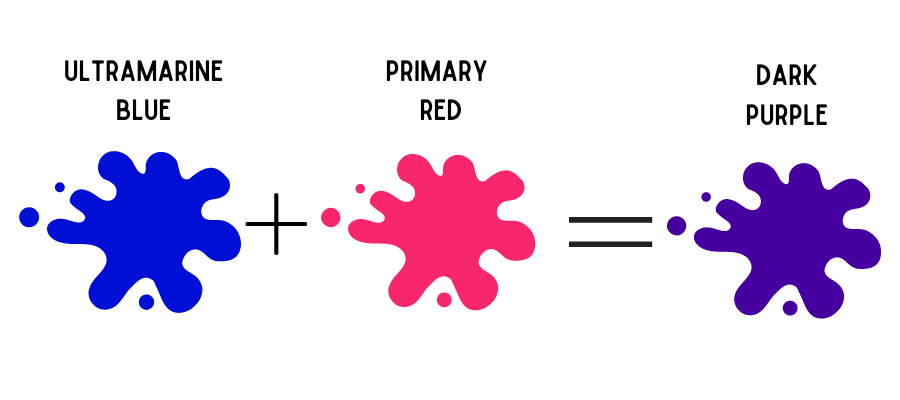
What are tints and shades?
When you add white to any color, it is considered a tint. You can change the proportions to make a whole “monochromatic” color scheme with your purple. Thus, if you wanted to simply make a “lavender” color, you can take an already mixed purple and add white to it.
Make a lavender purple by adding white into it!
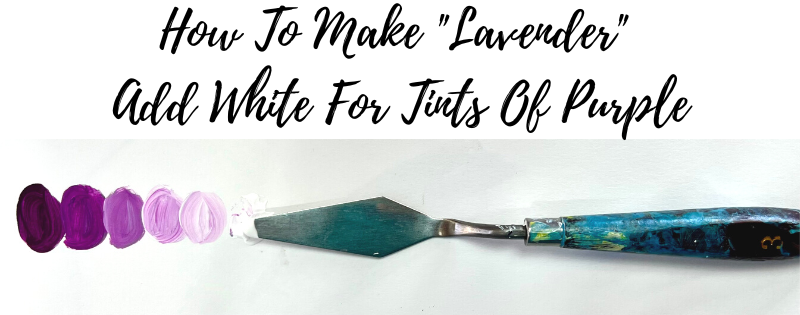
When you add black to any color, it is considered a shade. You can create some very deep purples this way!
Make a dark purple by adding black into it!

A tone of any color is achieved when adding gray into the color. Adding gray to a purple can help you achieve a “mauve” type of purple.
Make a mauve purple by adding gray into it!
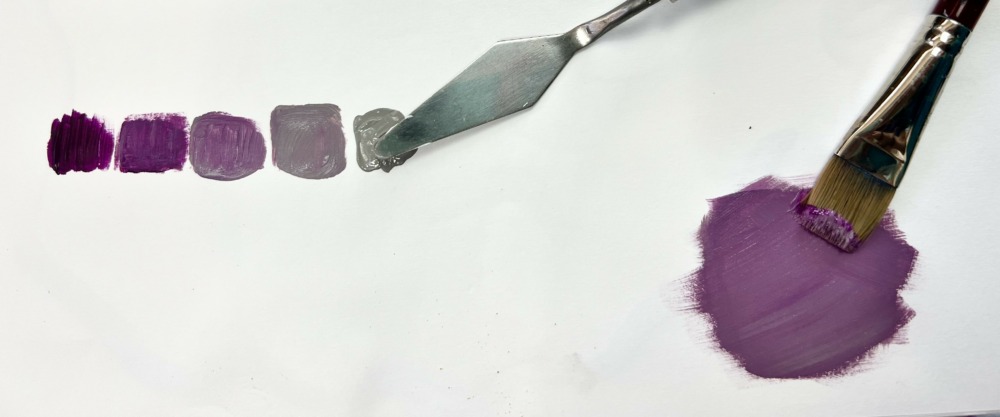

A great exercise that you can do is make a scale of a color (such as purple) and gradually add white, black or gray to it. This helps you learn how to control the paint to achieve the right tint, shade or tone you are going for.
How do I make A Dioxazine Purple?
This is a very popular purple color that Liquitex BASICS makes available! It is hard to mix that EXACT color. However, I found that if you mix “Quinacridone Magenta” (which is a cool red) and “Cobalt Blue”, you can achieve a color very close to Dioxazine purple.
Mix cobalt blue and Quinacridone Magenta
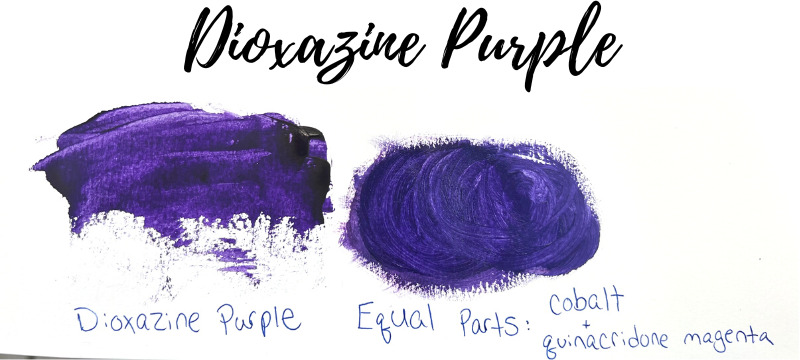
I did equal parts. If it’s a tad too “blue”, you can add just a bit more quinacridone magenta to it. Again, you won’t make the exact shade but it is definitely a good way to substitute if you don’t have any dioxazine purple!
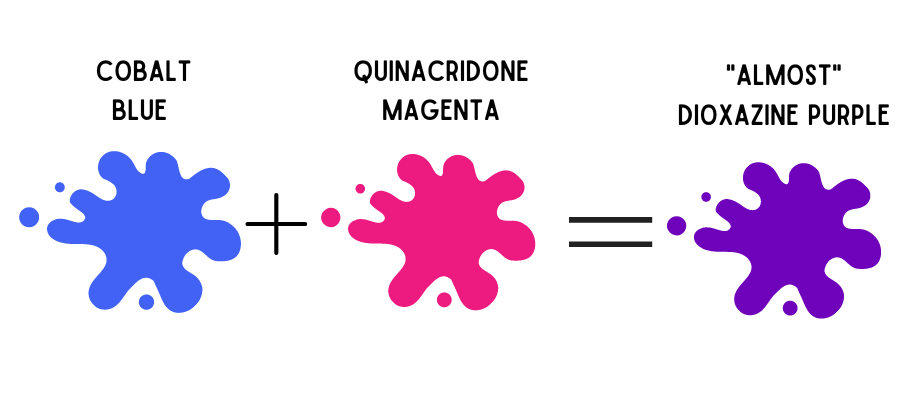
How Do I Make A Brilliant Purple?
If you are wanting to make a brilliant purple, try adding a little white to a color combination! I experimented and attempted to make Liquitex BASICS “brilliant purple”. This is a really pretty bright lavender color.
Mix quinacridone magenta, ultramarine blue and titanium white
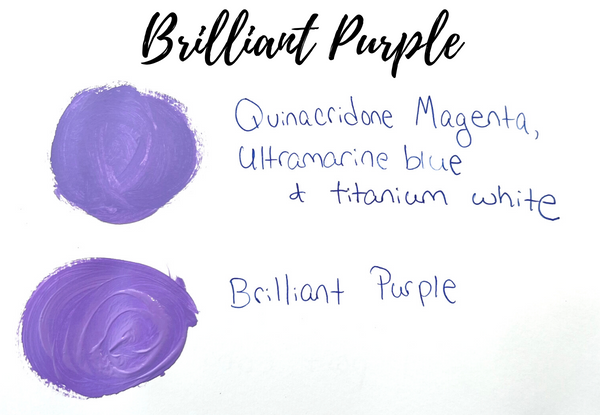
To achieve this, I mixed 2 parts quinacridone magenta, 1 part ultramarine blue and 2 parts titanium white. The titanium white is essential to mix into purple to achieve any type of “light purple” or “lavender purple” color!
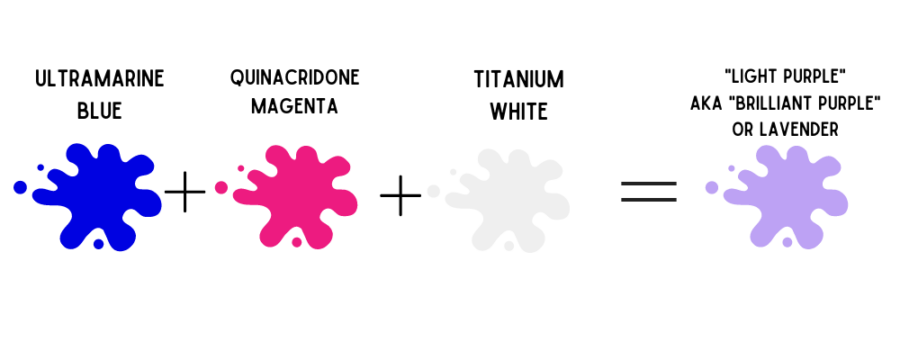
How Do I Make A Violet?
When I think of “violet”, I think of a purple that has more of a warm tone to it. Try mixing a higher proportion of red into your blue.
I experimented by mixing 3 parts primary red and 1 part ultramarine.
Mix primary red and ultramarine blue

How To Make An Indigo?
Indigo has a higher proportion of blue to it than red. Try mixing 3 parts ultramarine blue to 1 part magenta to make a deep indigo color!
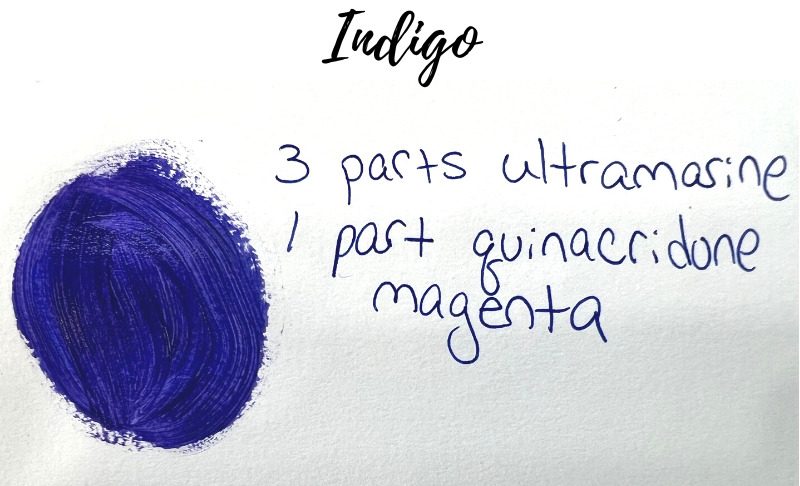
To sum this up…
Color mixing can be confusing but it doesn’t have to be! Purple is especially a tricky color because often we try to make it by using a red that has an “orange/yellow” bias which ends up making a muddy color!
By knowing a little bit about color theory you can be able to select the right paint colors to achieve the color you are trying to create! I hope this post was helpful for you! I will be creating more as a “Series” of Color Mixing tutorials!
